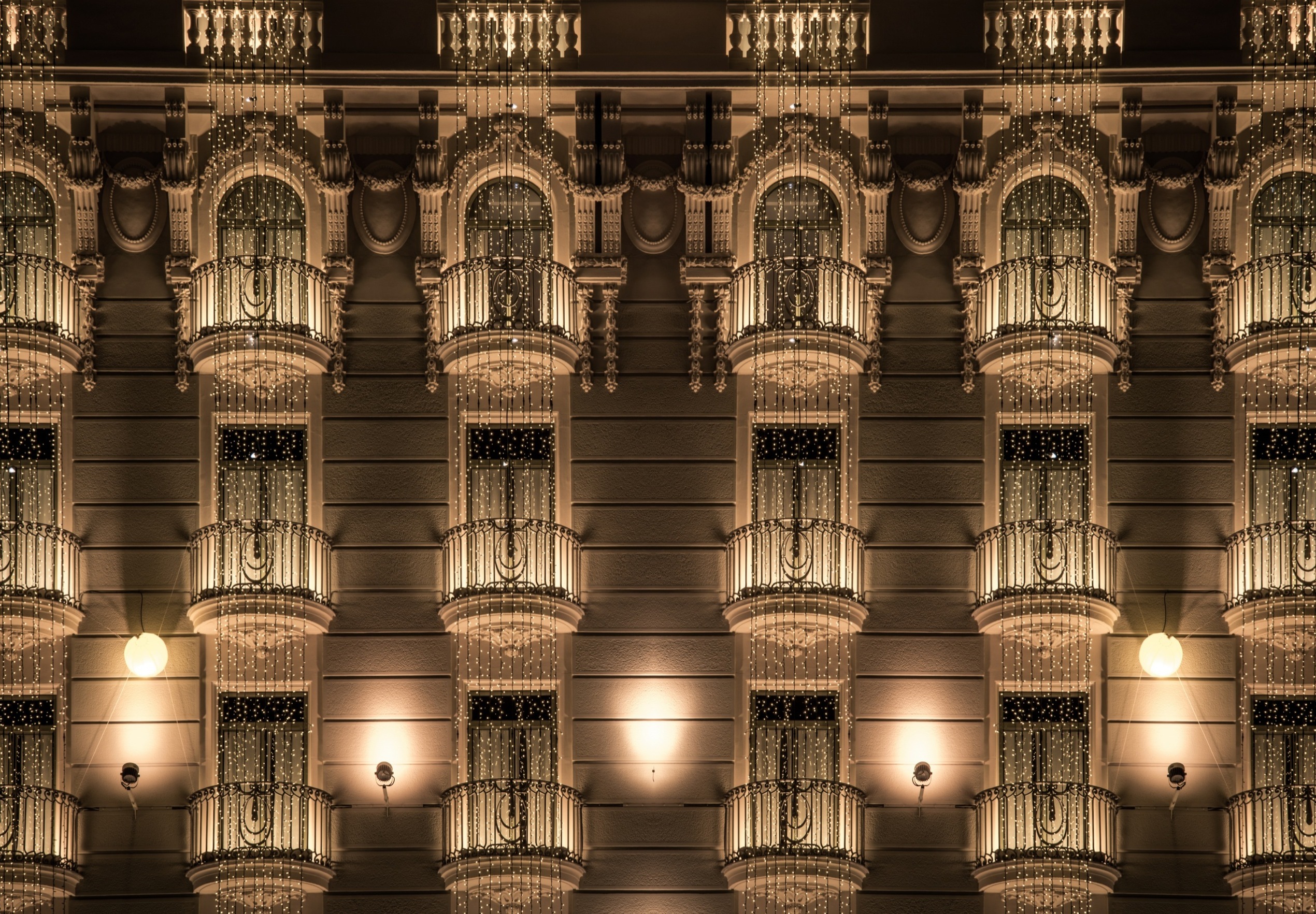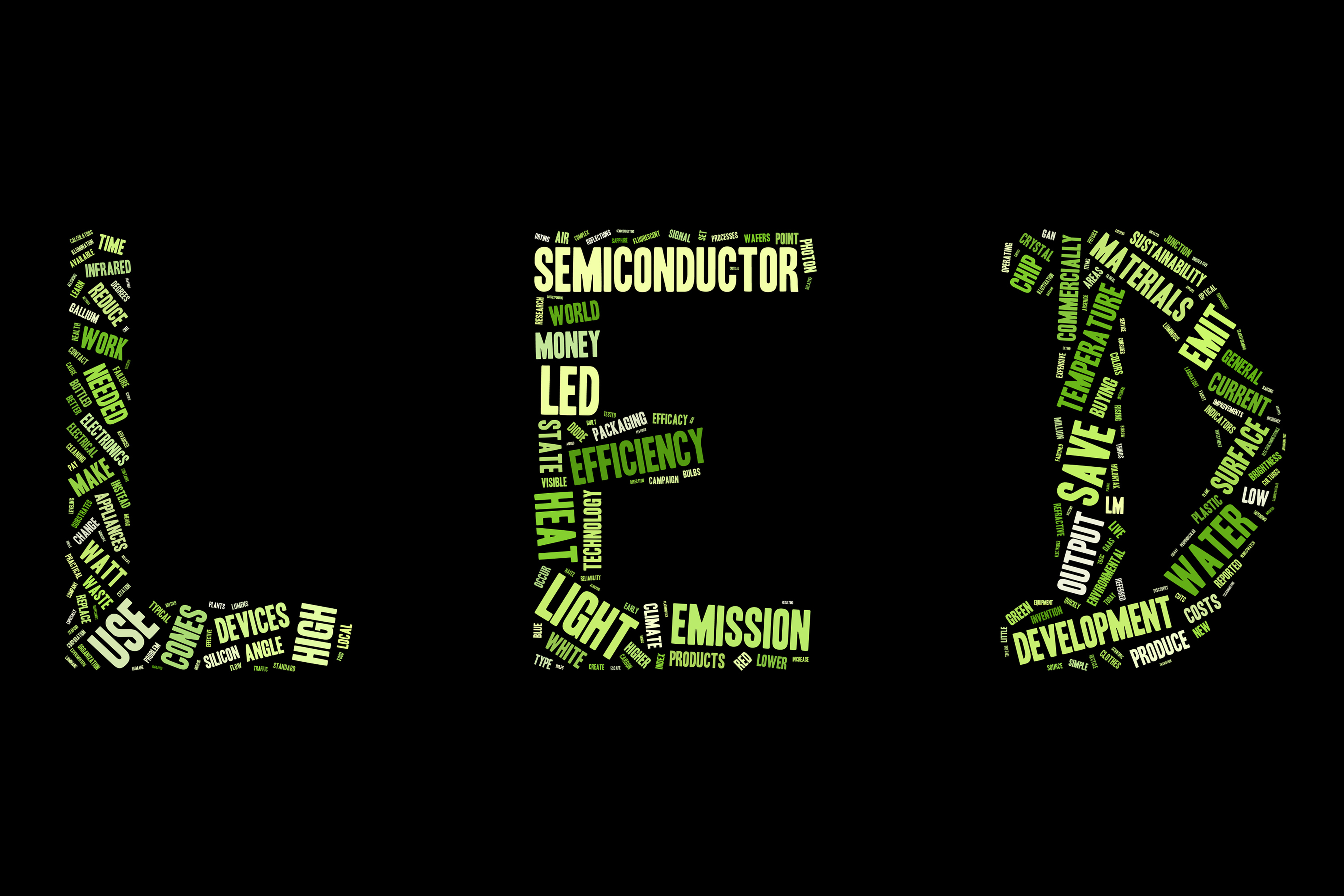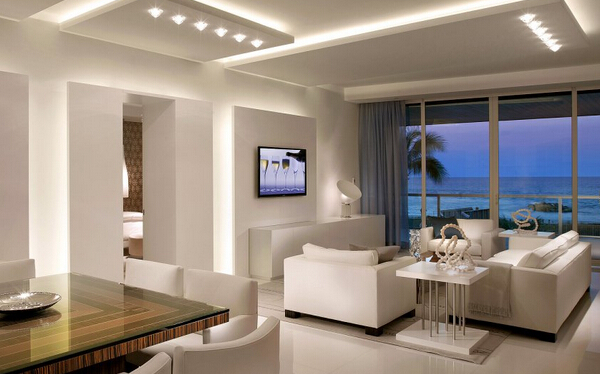Refer to Vero® Series Application Notes.
Application Notes
The Bridgelux family of LED Array products delivers high performance, compact and cost-effective solidstate lighting solutions to serve the general lighting market. These products combine the higher efficiency, lifetime, and reliability benefits of LEDs with the light output levels of many conventional lighting sources.
Optimizing performance and reliability of a lighting system using Bridgelux LED Arrays requires careful selection of electronic drivers and consideration of thermal management solutions (see Application Notes AN10 – Effective Thermal Management of Bridgelux LED Arrays and AN12 – Electrical Drive Considerations for Bridgelux LED Arrays). It is equally important to use safe handling and appropriate manufacturing procedures, processes and chemicals during the assembly of the Bridgelux LED Array into the lighting system.
This application note provides recommendations for mechanical and electrical assembly of Bridgelux LED Arrays into lighting systems. Guidelines for chemical exposure and handling of the LED Arrays are included to avoid damaging the LED Arrays during the assembly process. Recommended assembly procedures to ensure a reliable electrical connection to the LED driver and a mechanically robust, thermally efficient contact between the LED Array and underlying heat sink are also provided.

The Bridgelux family of LED Array products delivers high performance, compact and cost-effective solidstate lighting solutions to serve the general lighting market. These products combine the higher efficiency, lifetime, and reliability benefits of LEDs with the light output levels of many conventional lighting sources
As noted in the Bridgelux LED Array Product Data Sheets, several performance characteristics of the LED Array products, including flux, forward voltage, color, and reliability are dependant upon temperature. This is a common characteristic for all LEDs, a characteristic of the semiconductor-based technology. As temperature increases, several performance parameters experience a temporary and recoverable shift. With increasing temperature; light output (or flux) decreases, forward voltage (or Vf) decreases, and the color temperature shifts towards blue.
Furthermore, absolute maximum ratings, such as maximum case temperature and maximum junction temperature, must not be exceeded. Exceeding the absolute maximum ratings, as listed in the Product Data Sheets, may irreversibly damage the product and cause permanent shifts in performance.
Optimization of performance and reliability in a lighting system using Bridgelux LED Arrays requires proper thermal management. Although a critical design parameter, thermal management is not as difficult as many would believe. Understanding the basics allows every lighting designer to optimize their products and meet specification requirements.
This application note describes basic thermal management concepts and guidelines for proper use of Bridgelux LED Arrays in a lighting system. Included is an overview of basic heat transfer concepts, a description of a thermal model, a sample calculation using this thermal model, a description of various thermal components, and recommendations for measuring the case temperature of the Bridgelux LED Array to validate the performance of the thermal management solution.

The Bridgelux family of LED Array products delivers high performance, compact, and cost-effective solidstate lighting solutions to serve the general lighting market. These products combine the higher efficiency, lifetime, and reliability benefits of LEDs with the light output levels of many conventional lighting sources.
Bridgelux LED Arrays have been uniquely designed to produce a smooth Lambertian light emission pattern suitable for a wide variety of lighting applications. Some applications, however, may require a different distribution of light. Secondary optics components such as lenses, reflectors or collimators can be used to create a wide variety of optical effects in order to meet specific lamp and luminaire design requirements.
The purpose of this application note is to provide a general understanding of basic optical concepts that can be used to modify the spatial light distribution produced by Bridgelux LED Arrays and guidance as to how to change the light distribution to meet application driven requirements. Included in this note is an overview of geometric optics, a description of Bridgelux LED Array optical performance, guidelines for specifying optical performance requirements, and information regarding commercially available secondary optics for use with Bridgelux LED Arrays. A list of companies specializing in the development and manufacturing of custom optics is also included to assist customers with needs for unique optical solutions.

The Bridgelux family of LED Array products delivers high performance, compact and cost-effective solidstate lighting solutions to serve the general lighting market. These products combine the higher efficiency, longer lifetime, and reliability benefits of LEDs with the light output of many conventional lighting sources.
The Bridgelux LED Arrays have been uniquely designed to be easily assembled into lighting fixtures. Unlike LED components, the Bridgelux LED Array is a lighting solution which can be directly mounted to a heat sink without a secondary substrate or circuit board. This results in not only a simple plug and play design but also in an industry leading low system level thermal resistance. To connect the LED Array to a driver, wires must be soldered to the solder pads on the LED Array. Soldering wires may be done manually as discussed in Application Note AN11 or with automated equipment and a solder reflow process as is outlined in this application note.
This application note describes a process for attaching wires onto Bridgelux LED Arrays using a lead free solder reflow process. Included is an overview of the soldering process, a list of required materials, fixtures, equipment, a recommended reflow oven temperature profile, and post process recommendations for solder joint inspection. It should be noted that the process described in this application note may require modifications depending on customer specific requirements. It is the responsibility of the customer to qualify the final assembly process to ensure compliance with guidelines depicted in this application note.

The Bridgelux family of LED Array products delivers high performance, compact and cost-effective solidstate lighting solutions to serve the general lighting market. These products combine the higher efficiency, lifetime, and reliability benefits of LEDs with the light output levels of many conventional lighting sources.
The Bridgelux LED Arrays have been fully qualified to a rigorous set of reliability tests including extended endurance testing, environmental testing and mechanical testing. The qualification program is based on standard semiconductor qualification test methodologies defined by JEDEC. In addition Bridgelux conducts lumen maintenance testing in accordance with the industry standard requirements of IES document IES-LM-80-08
This application note provides a summary of the reliability data obtained during product qualification
testing prior to the release of the Bridgelux LED Arrays to the market. The note also includes an overview
of ongoing long-term lumen maintenance testing.

The Bridgelux family of LED Array products delivers high performance, compact and cost-effective solidstate lighting solutions to serve the general lighting market. These products combine the higher efficiency, lifetime, and reliability benefits of LEDs with the light output levels of many conventional lighting sources. To achieve optimal performance of the LED Arrays, proper electronic drivers must be selected or designed.
The purpose of this application note is to assist designers in selecting or developing electronic drivers for use with Bridgelux LED Arrays. The first step is to become familiar with relevant electrical characteristics of the LED Arrays. This includes the relationship between forward voltage and current and the relationship between flux and current. A review of these characteristics results in design rules and recommendations for driving Bridgelux LED Arrays.
The second step is to define LED driver requirements, usually specific to the given application. Design considerations include defining the driver’s input voltage (i.e., AC line voltage input, a combination of ACDC and DC-DC drivers, or DC input from batteries), defining an optimal driver output current, establishing dimming requirements, and determining both temperature and lifetime requirements to satisfy the needs of the application. This application note provides general guidelines to the designer to assist in enabling a successful design.

The Bridgelux family of Bridgelux V Series LED Array products delivers high performance, compact, costoptimized solid-state lighting solutions to serve the general lighting market. These cost-effective light engines extend the technology and performance of the highly successful Bridgelux Vero line. The Bridgelux V Series LED Arrays (Bridgelux V Series) feature high flux density in small source size packages, and is well suited for sub 1000 lumen commercial and residential lighting applications where tight beam control and high quality light are essential.
Optimizing the performance and reliability of a lighting system using Bridgelux V Series requires careful consideration of thermal management solutions, electronic drivers and secondary optics. It is equally important to use safe handling and appropriate manufacturing procedures, processes and chemicals during the assembly of the Bridgelux V Series into the lighting system.
This application note provides recommendations for proper mechanical and electrical assembly of Bridgelux V Series into lighting systems. Guidelines for chemical exposure and handling of the Bridgelux V Series are included to avoid damaging the LED Arrays during the assembly process. Recommended assembly procedures to ensure a reliable electrical connection to the LED driver and a mechanically robust, thermally efficient contact between the LED Array and underlying heat sink are also provided.
The Bridgelux family of Vero Array products delivers high performance, compact, and cost-effective solidstate lighting solutions to serve the general lighting market. These products combine the higher efficiency, lifetime, and reliability benefits of LEDs with the light output levels of many conventional lighting sources.
Optimizing performance and reliability of a lighting system using Bridgelux Vero Series LED Arrays requires careful consideration of thermal management solutions, handling and assembly, selection of electronic drivers and selection of secondary optics. Application Notes AN30, AN31, AN32 and AN36 respectively deal with each of these topics in depth. To achieve optimal performance of the LED Arrays, proper thermal management must be selected or designed.
Bridgelux Vero Arrays have been uniquely designed to produce a wide and smooth Lambertian light emission pattern suitable for a wide variety of lighting applications. Some applications, however, may require a different distribution of light. Secondary optics components such as lenses, reflectors or collimators can be used to create a wide variety of optical effects in order to meet specific lamp and luminaire design requirements.
The purpose of this application note is to provide a general understanding of basic optical concepts that can be used to modify the spatial light distribution produced by Bridgelux Vero Arrays and guidance as to how to change the light distribution to meet application driven requirements. Included in this note is an overview of geometric optics, a description of Bridgelux Vero Array optical performance, guidelines for specifying optical performance requirements, and information regarding commercially available secondary optics for use with Bridgelux Vero Arrays. A list of companies specializing in the development and manufacturing of custom optics is also included to assist customers with needs for unique optical solutions.
The Bridgelux family of Vero and V Series LED Array products delivers high performance, compact and cost-effective solid-state lighting solutions to serve the general lighting market. These products combine the higher efficiency, lifetime, and reliability benefits of LEDs with the light output levels of many conventional lighting sources.
The Bridgelux Vero and V Series LED Arrays have been fully qualified to a rigorous set of reliability tests including extended endurance testing, environmental testing and mechanical testing. The qualification program is based on standard semiconductor qualification test methodologies defined by JEDEC. In addition, Bridgelux conducts lumen maintenance testing in accordance with the industry standard requirements of IES document IES-LM-80-08.
This application note provides a summary of the reliability data obtained during product qualification testing prior to the release of the Bridgelux Vero and V Series LED Arrays to the market. The note also includes an overview of ongoing long-term lumen maintenance testing.


